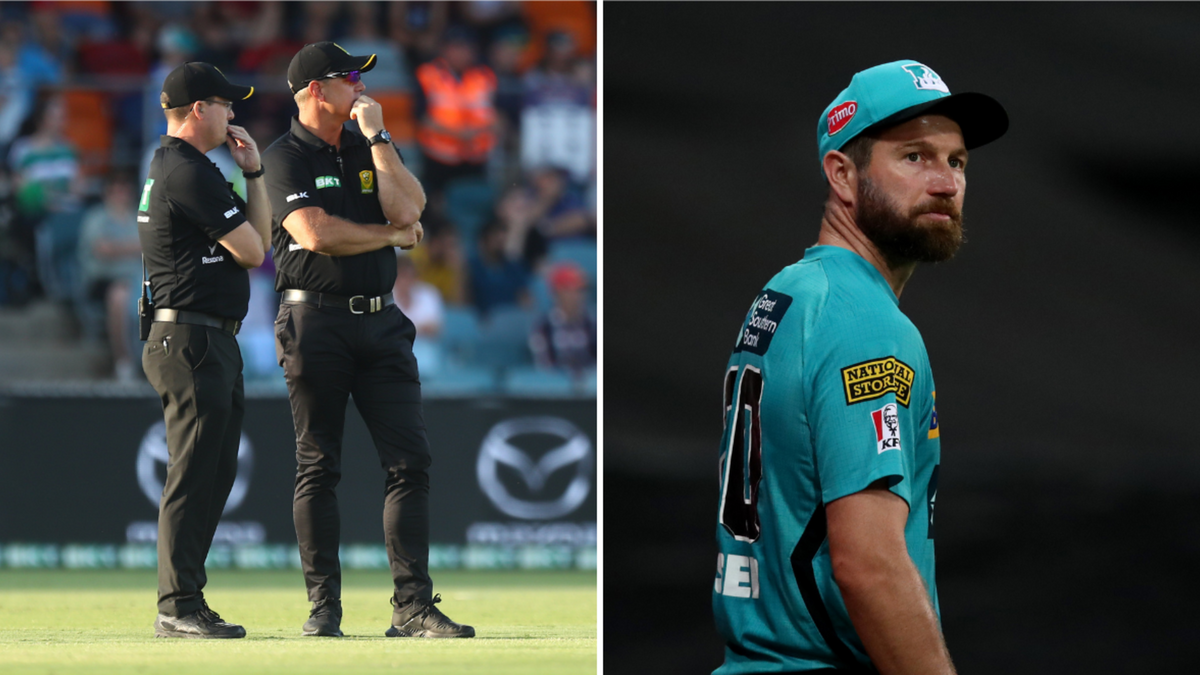
A catch by Michael Neser in the BBL has caused quite a stir, with fans and pundits alike confused by and questioning the Laws of Cricket that allowed it to be completed.
In the final stages of a tight, high-scoring clash between Brisbane Heat and Sydney Sixers, Jordan Silk lofted Mark Steketee into the deep, with Neser running around the boundary rope and catching the ball. Realising he was about to step beyond the field of play, he released the ball up in the air before stepping outside the boundary.
With the ball having followed him, he waited, still outside the field of play, before jumping to parry the ball again and hopping back inside the rope to complete the catch.
The catch was completely legal under the Laws of Cricket, and is in fact not the first of its kind. Neser himself was aware of the Laws, with Matt Renshaw taking a similar catch for Heat in January 2020.
There was debate over the implications of the legality of the catch, with some claiming that teams are allowed to place fielders in the stands to catch balls in the air and throw them back into play. However, setting aside the probable competitive disadvantage of having fielders trying to traverse fans, stairs and folding chairs, while also being unable to stop balls hit along the ground from reaching the rope, the Laws, as they are written, do not allow this.
The relevant Laws are as follows:
Law 33.2.1: “A catch will be fair only if, in every case either the ball, at any time or any fielder in contact with the ball, is not grounded beyond the boundary before the catch is completed.”
Law 19.5.2: “A fielder who is not in contact with the ground is considered to be grounded beyond the boundary if his/her final contact with the ground, before his/her first contact with the ball after it has been delivered by the bowler, was not entirely within the boundary.”
As can be seen from Law 19.5.2, any fielder’s first touch of the ball must be when they are inside the field of play, or in the air having been in the field of play moments before.
There are still possible objections to be had to the Law in its current form, but the allowing of fielders in the stands should not be one of them.








